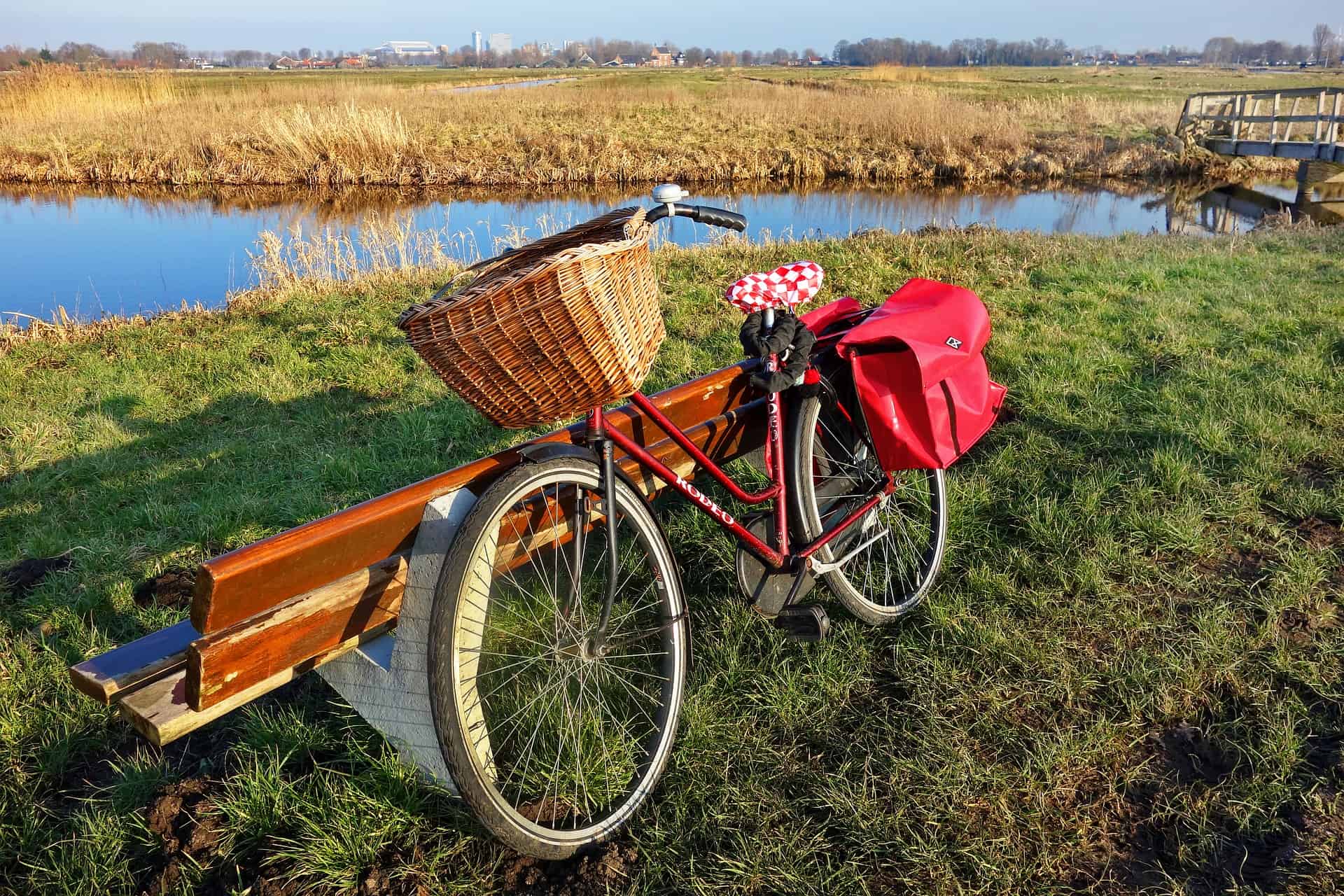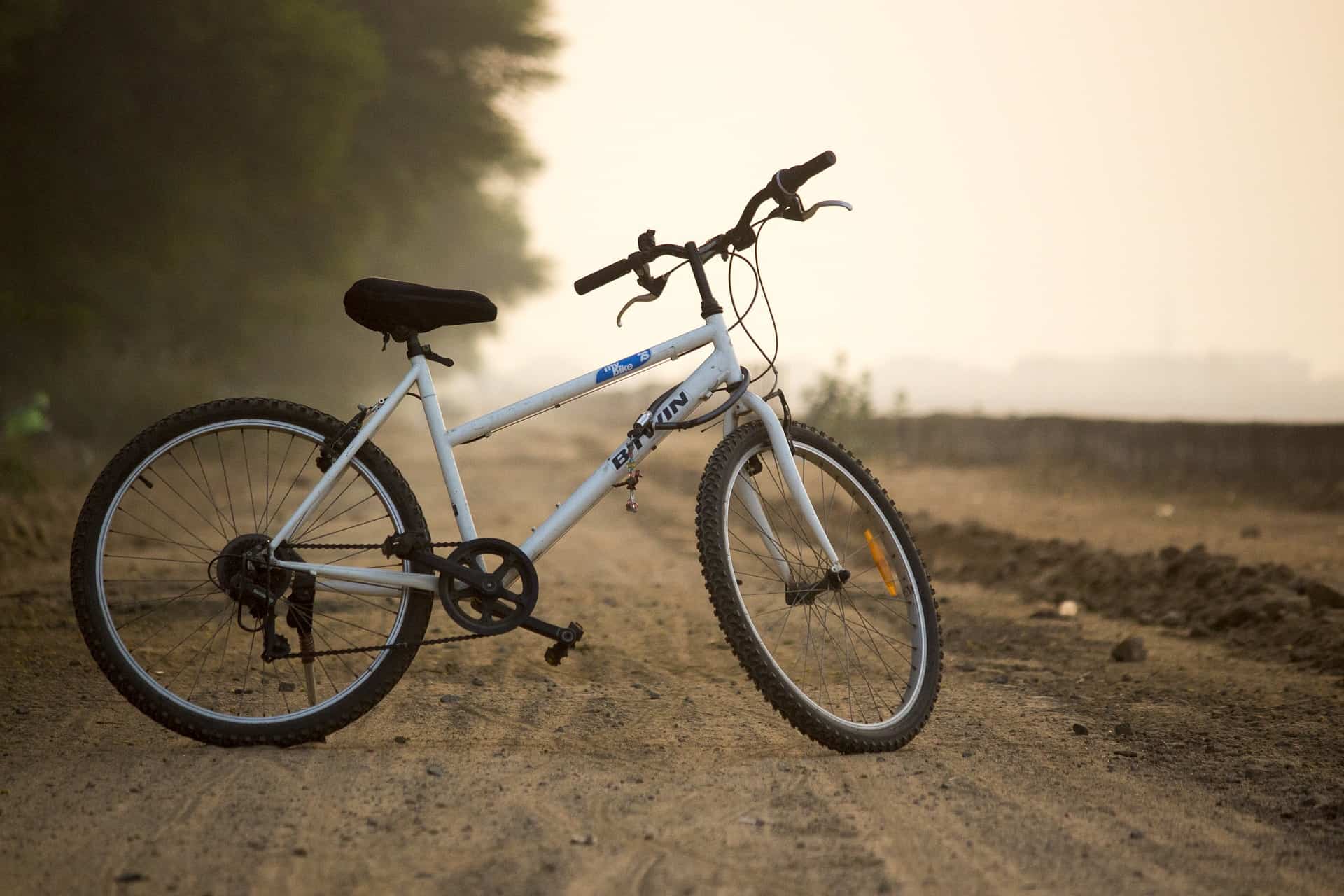 The pressure on National Parks, particularly from the number of visitors, the volume of motor traffic and associated emissions, is well recognised.
The pressure on National Parks, particularly from the number of visitors, the volume of motor traffic and associated emissions, is well recognised.
Ten years ago, National Parks England identified some steps necessary for the effective management of pressure from traffic.
The New Forest National Park Authority (NFNPA) has set some targets for Sustainable Transport. These have led to some good actions in the National Park.
However, the issue of climate change, the ever-increasing threat from emissions and the often-limited responses to the urgency of the situation require more ambitious action at all levels and in all situations.
The New Forest is an ideal place in which to promote sustainable transport for recreational and utility purposes. And steps to counter climate change don’t just benefit the environment; they create employment and improve the quality of life for everyone. That’s got to be good for the Forest.
Public Transport
Greater use of public transport reduces congestion and pollution.
Nearly 80% of visitors to the New Forest come by car, but a majority of those would be likely to use other forms of travel if they were more accessible and more convenient.
High-quality public transportation options, both as a form of travel and as an experience, would encourage greater use, particularly helping those who don’t own a car.

Routes for Walkers and Cyclists
Walking and cycling are the greenest forms of travel.
The NFNPA has taken steps to encourage more walking and cycling as alternative means of transport. Encouragement needs to be matched by more determined attention to the long-recognised and recorded need for safer links on foot and bicycle.
Improvements are needed to the infrastructure for cycling in the Forest, not just in the wider National Park or on the fenced roads, to make utility and recreational cycling an easier, safer and more attractive option to the car.

Traffic calming and reduction
Creating safer links for walkers and cyclists links directly to the need to develop the shared use of road space, making roads multi-user friendly.
Making roads safer and quieter for all users would extend the current emphasis on protecting the animals of the Forest. Walkers, cyclists, horse riders, loose livestock and drivers all benefit from calmer roads – and so does the environment.
There is also scope for more specific strategies to reduce the amount of emissions-producing traffic.
Moving Forward
The results of last year’s public consultation on updating the New Forest Recreation Management Strategy (RMS) show that Sustainable Transport and On- and Off-Road Cycling got the highest support as priorities for action after Raising Awareness and Understanding of the Forest.
Hopefully, these priorities will be reflected in the draft RMS update, which will come up for public consultation in summer. A number of good things have been done to promote sustainable transport, but there is no shortage of ideas about ways in which much more could be done.
Constraints and objections will need to be considered, but the Forest must adapt to climate imperatives and present needs.
Changes are part of the solution and not an unwelcome problem.
It is vital that the proposed actions are ambitious enough to help promote a much greener, quieter and safer Forest for everyone.

